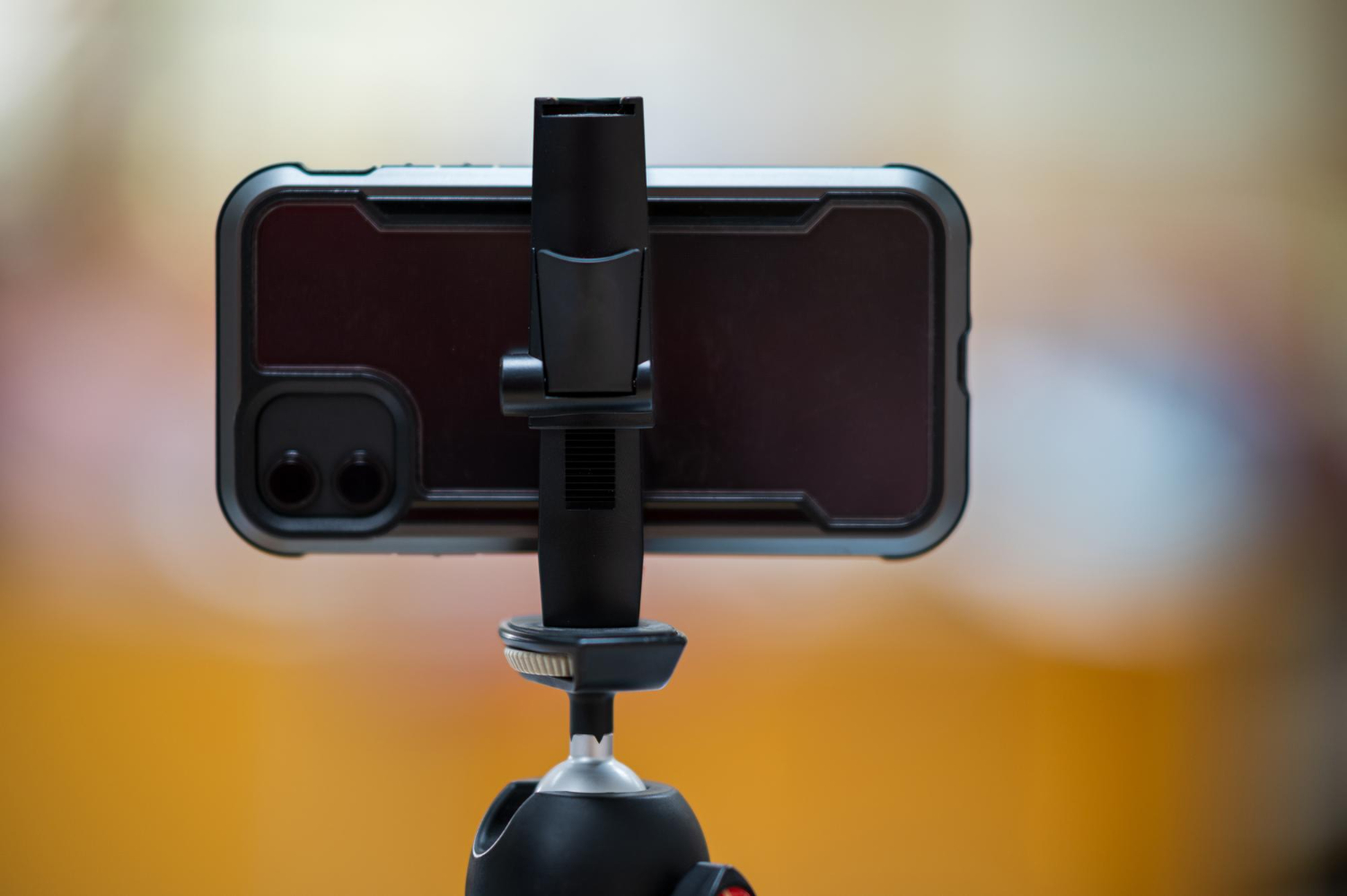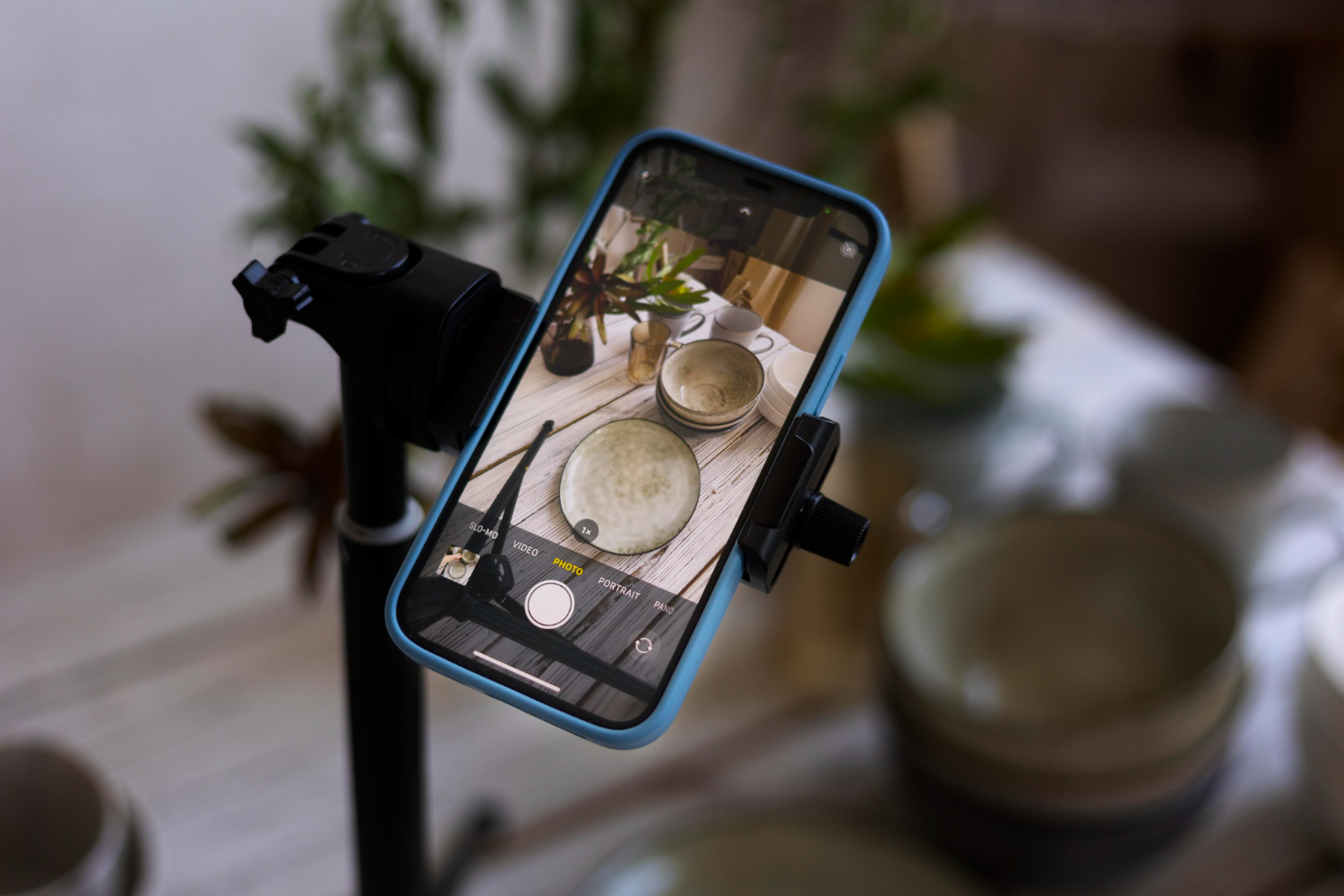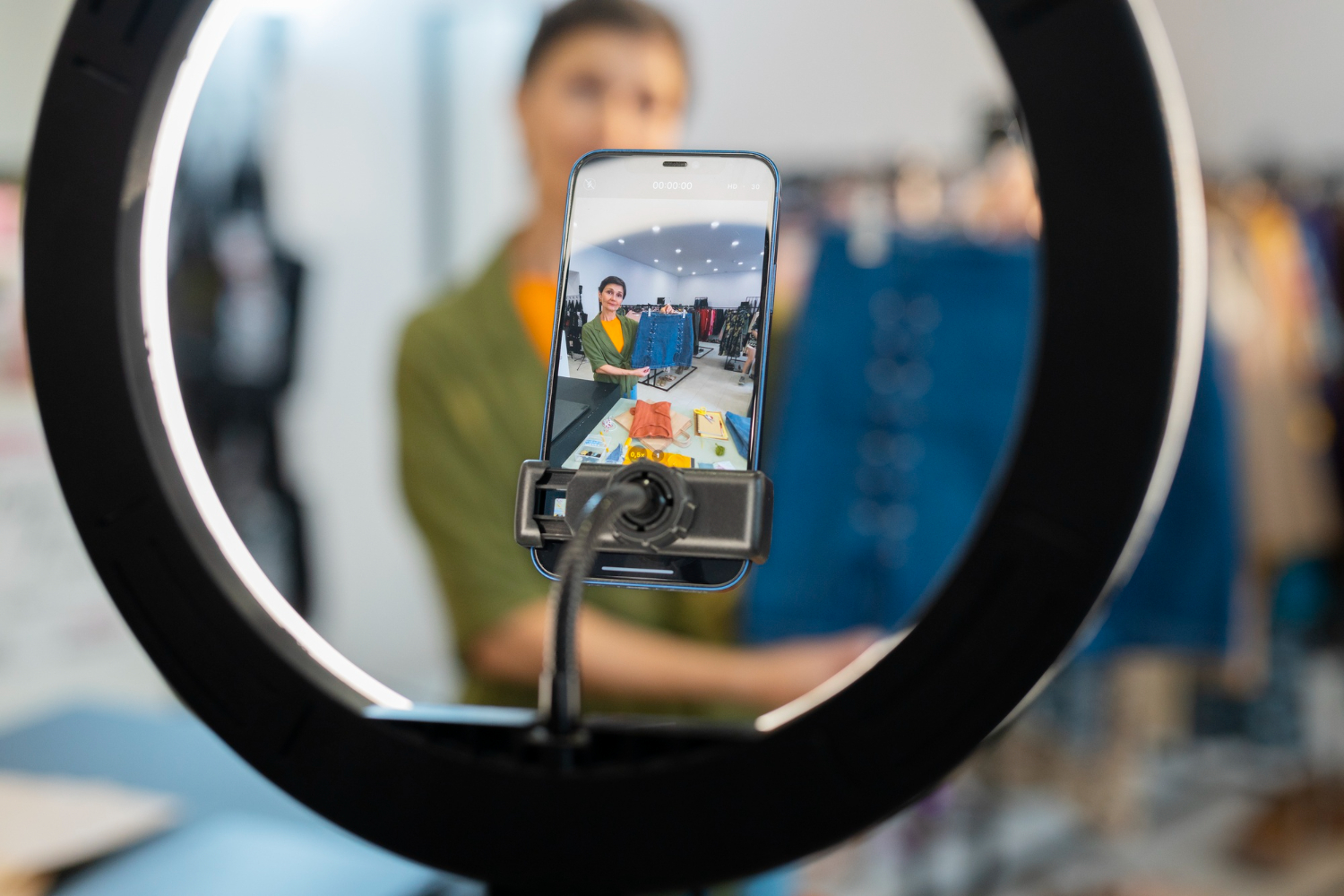A rock-solid phone stand is really a stability system. When the structure is rigid, the head moves in predictable axes, and the weight sits over the center, your framing locks in and stays locked as you switch between portrait and landscape or shift from desk to kitchen. You stop fighting droop, creep, and micro-wobble that smear detail and ruin focus. The “secret” isn’t exotic gear; it’s a handful of choices that make setup a one-minute ritual you can repeat anywhere.
Choose rigidity over range

True stability starts with the frame. Telescoping tubes extended to the thinnest section, friction-only goosenecks, and bendy arms store energy and spring back into shot when you tap the screen. A stout column or an articulated arm with tensioned joints resists that rebound. On a desk, a C-clamp arm bolted to solid wood transmits far less wiggle than a freestanding base on a thin tabletop. For counters, a low, wide base with rubber feet and a steel column tolerates taps without rippling the image. Extend lower, thicker segments first when you need height, and put a firm board under spongy surfaces to stop bounce traveling up the stand. The goal is simple: the stand should disappear from your footage because it isn’t storing motion to release later.
Fast setup: quick-release and orientation that stays level
Speed comes from a good quick-release. An Arca-type plate or a compact lever shoe turns mounting into a click instead of a thread-and-spin ritual. Keep the plate on your phone clamp so the move from pocket to rig takes seconds, and use the same standard across tripods and arms so you can swap without fiddling. Orientation changes shouldn’t break level. A clamp with a built-in 90-degree notch or a mini L-bracket keeps the phone’s mass over the head in portrait and landscape, which stops slow droop. For overhead shots, reach out from a stable column rather than leaning the whole stand, and add a small counterweight or sandbag at the base so a light tap can’t sag the arm mid-take. Independent pan and tilt locks let you keep horizons true while adjusting angle in tiny, repeatable movements.
Secure clamping that doesn’t drift
Magnets are brilliant for speed; jaws are brilliant for certainty. A quality MagSafe-compatible puck makes everyday snaps and rotations effortless, but under vibration or with heavy cases, a mechanical clamp with rubberized jaws and a positive lock keeps angles where you set them. The best of both worlds is a clamp that embeds a magnetic puck so magnets life hack alignment while jaws carry the load. Set clamp width once for your case so the phone slides in to a firm stop; make sure the backplate is broad enough that it doesn’t press power or volume by accident. Place the phone so the camera bump sits near the tilt axis; the closer the mass is to the pivot, the less leverage tries to pull it down. Tighten tension to the point two fingers can’t move the head easily; if you need full wrist force, the head is undersized for the phone and clamp combination.
Placement that suits desks, kitchens, travel, and the field
Context decides the best base. At a typing desk, a clamp-on arm that floats above the keyboard keeps the camera out of the vibration zone and clears clutter. In kitchens, a counter clamp with a horizontal boom reaches overhead safely and stays out of spills. For travel, a compact tripod with a short center column and grippy feet plants quickly on hotel tables; leave the column low and spread legs wide for stability in cramped spaces. Outdoors, a mini tripod and a clamp that can also bite a trekking pole or light stand gives options on uneven ground. Height should come from the stand, not a wobbling stack of books. Whatever the surface, tilt the head so drivers aim toward ear or eye level rather than knees or ceiling; small angle changes do more for perceived quality than most filters.
Add-ons, cables, and shake control without sacrificing stability
Attachments multiply leverage if you bolt them to the phone. Mount small lights and microphones to the stand instead, using a head with a cold shoe or a short accessory arm so weight rides the structure, not the jaws. Keep add-ons close to the column to avoid a pry-bar effect. Cable strain can nudge framing over time; loop the charging cable once around the stand and clip it so the connector sees no side load. If desk vibrations reach the camera when you type, isolate inputs rather than softening the whole rig by parking the keyboard and stand on separate surfaces or adding a thin pad under the keyboard alone. When a ring light also holds the phone, check the yoke for stiffness; if the frame creeps after you hit record, separate light and camera onto different stands so adjusting one doesn’t disturb the other.
One-minute preflight and light upkeep for repeatable results

Reliability is a tiny ritual. Seat the phone with a single click, tap to focus, and lock exposure so the picture doesn’t breathe when you move. Check level once by aligning the top of frame with a shelf or door edge, then fine-tune pan without twisting the column. Frame for head-and-shoulders with eyes near the top third in portrait or chin just above the lower third in landscape. Put the device on charge with strain relieved so the angle can’t drift. Touch the screen and watch for ripples; if you see wobble, turn tilt tension a quarter-turn or straighten one joint to reduce flex. Once a month, snug the head’s fasteners, wipe clamp jaws, and check feet for wear. A modest head upgrade often transforms an average stand into a precise tool and will outlive several phones. Label one preferred height and angle on the column so you return to your “home frame” instantly.





